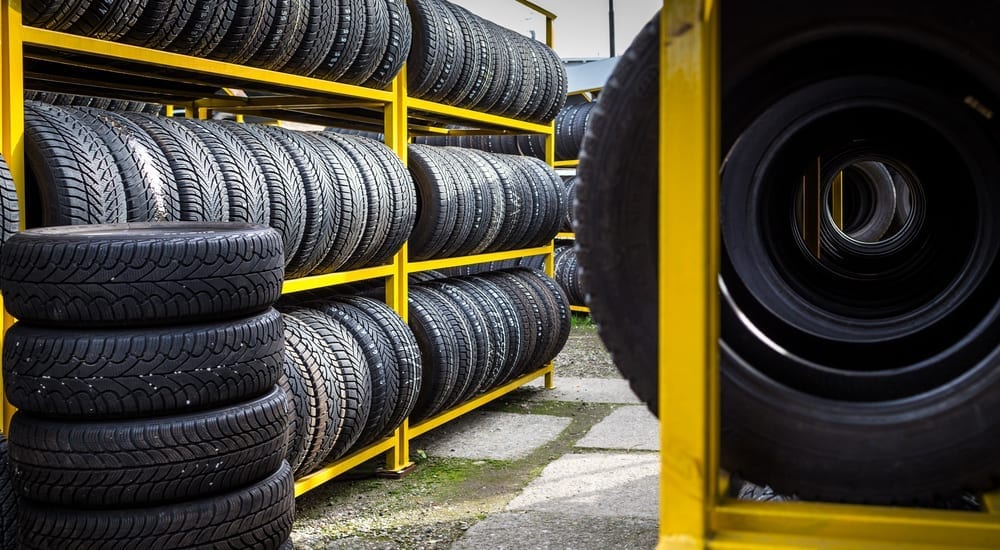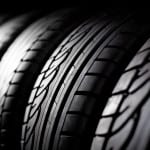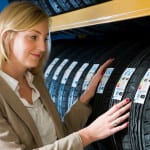In your busy and on the go lifestyle, your car’s tires are probably the last thing you think about. But then you’re on your way to an important meeting and you have a blowout, or you’re loading your kids in the car for school and you notice you have a flat. Your tires can completely derail your entire day and then you’re stuck waiting at a tire shop until you can get the new ones installed. The thing you never think about, your car’s tires, can cause you a whole lot of problems and inconvenience if you’re not careful. So, what can you do about it?
Maintaining your car’s tires is the most important step you can take to avoid disaster striking when you least expect it. But did you know that maintaining your tires can also get you better gas mileage and improve your car’s handling? It’s true. Here, we’ll teach you all the ins and outs of tire maintenance, so you can avoid disaster and even get a better driving experience out of your car.
The Basics
Why should your tires be a cause for concern? They are the only part of the car that has direct contact with the road, and they impact your vehicle’s handling, ride, braking, and safety. To make sure that your tires are operating at their peak performance levels, you should ensure that air pressure, tread depth, balance, and alignment are all where they should be. By checking to make sure all of these are working correctly, you’re investing in your vehicle and, more importantly, you’re investing in your safety. Ideally, you should check your tires out once a month. If you regularly drive over potholes and debris, live in a cold area, or drive long distances regularly, you should check your tires more often. You’ll always want to check your tires before a long trip.
Inspect Your Tires
When you were in driver’s ed, they probably taught you to walk around your car and inspect the tires for dangerous materials every time you were getting ready to drive. But how many of us actually do that? Even if you don’t inspect your tires this often, try to make it a habit to check your tires when you’re getting gas or washing your car. Look for issues with the tires like tears, uneven wear, cracking, or bulging. Any of these issues need to be taken care of before they develop into something more serious. Regular inspections can also show you if you have a nail or other debris stuck in the tires before they become a serious issue while you’re driving. You’ll also want a mechanic or a professional to inspect your tires once a year.
Tire Pressure
Maintaining the correct tire pressure is one of the most important aspects of caring for your tires. Tires at the wrong pressure will increase the rolling resistance of the vehicle. But what does this even mean? Under-inflated tires have increased rolling resistance and need more energy (and in turn, fuel) to move the car, which will negatively affect the car’s fuel efficiency. According to the Department of Energy, properly inflated tires improves fuel economy by 3.3 percent. On the other hand, tires that are over-inflated make the car more difficult to handle because less rubber touches the road. Improperly inflated tires can also result in extra or uneven wear, meaning you could be buying new tires sooner than you would like.
Follow Load Capacity Guidelines
This tip is especially important for those of us that drive SUVs or trucks and are used to hauling a lot of stuff around. It may be tempting to fill up the back of your SUV or load down the bed of your truck to make fewer trips, but this can have disastrous consequences for your tires and your safety. Exceeding the load capacity can cause your tires to build up excess heat and result in sudden catastrophes for the tires and you.
Rotate Your Tires
You’ll want to rotate your tires every 5,000 miles to prevent uneven wear. Rotating your tires regularly will allow your tires to wear more evenly and ultimately last longer. Make sure to take your car to a tire shop or other professional to get the tires rotated, as cars with front-wheel drive have different needs than cars with all-wheel drive. Additionally, a professional or a tire shop can identify any mechanical issues such as a misaligned suspension that could be affecting the way your tires wear out.
Repair Damage ASAP
If you do have a flat or notice signs of wear and tear to your tires, simply putting on a spare won’t cut it long term. If you are lucky enough to have a full-size spare in your vehicle, it will be a regular tire. However, because it is different than the other three tires prolonged driving will cause uneven wear, creating an unsafe driving condition. If you have a space saver or “donut” spare, it is even more imperative that you replace your tire as soon as possible. The donut is much smaller and thinner than a regular tire and has almost no tread, making it spin faster and making it more vulnerable to hazardous conditions on the road. With a donut spare, you should not drive more than 70 miles and you should not drive faster than 50 MPH. Clearly, these are not feasible long-term driving conditions. It’s imperative that you fix any damage as soon as your able, therefore.
Although you may think it’s a hassle to deal with your tires, maintaining and caring for your tires is a necessary part of driving. If you’re not confident in your own abilities, make sure to visit your local tire shop and take advantage of the many services they offer. Your vehicle and your wallet will thank you in the long run.




